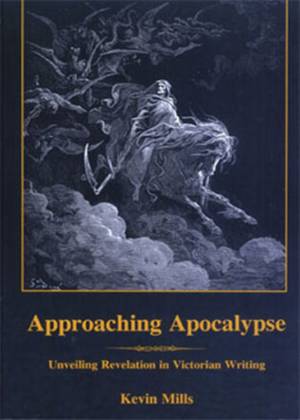
- Afhalen na 1 uur in een winkel met voorraad
- Gratis thuislevering in België vanaf € 30
- Ruim aanbod met 7 miljoen producten
- Afhalen na 1 uur in een winkel met voorraad
- Gratis thuislevering in België vanaf € 30
- Ruim aanbod met 7 miljoen producten
Zoeken
€ 149,95
+ 299 punten
Omschrijving
This volume explores a wide range of Victorian texts, including novels, poems, sermons, and some less easily categorized writings, in terms of their use of language and imagery suggestive of the Apocalypse. The focus is less upon the conscious or deliberate use of the Apocalypse as a source of sublime metaphors or as a guide to cultural decline than on the ways in which certain tropes recur in the writings of the period. These can be characterized in terms of oppositions that both structure apocalyptic literature and characterize much Victorian writing: human/inhuman, desert/city, veiled/revealed, time/the eternal, this world/other world. The book sets out to show that what might be called a cultural affinity exists between the writing of the Victorian era and apocalyptic literature, and to argue that such a relationship was unavoidable for a society steeped in the bible as it confronted dramatic changes in its relationships with nature, God, and time.
Specificaties
Betrokkenen
- Auteur(s):
- Uitgeverij:
Inhoud
- Aantal bladzijden:
- 228
- Taal:
- Engels
Eigenschappen
- Productcode (EAN):
- 9781611482379
- Verschijningsdatum:
- 1/01/2007
- Uitvoering:
- Hardcover
- Formaat:
- Genaaid
- Afmetingen:
- 164 mm x 240 mm
- Gewicht:
- 512 g

Alleen bij Standaard Boekhandel
+ 299 punten op je klantenkaart van Standaard Boekhandel
Beoordelingen
We publiceren alleen reviews die voldoen aan de voorwaarden voor reviews. Bekijk onze voorwaarden voor reviews.











